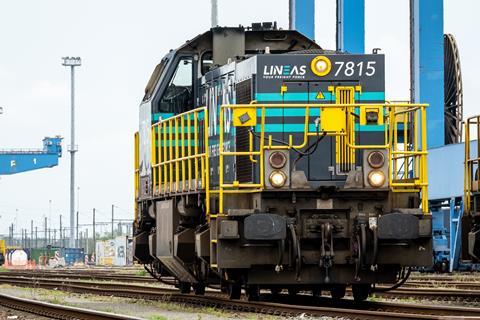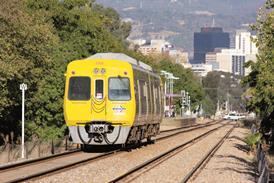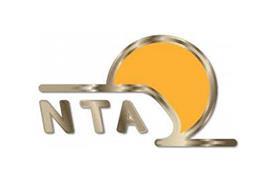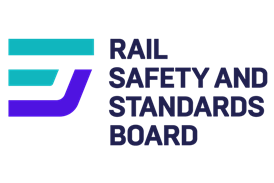
BELGIUM: An onboard Automatic Train Protection system being developed for international freight operator Lineas by Škoda Group affiliate The Signalling Company has been certified for operation using Belgium’s TBL1+ Class B train control technology.
The equipment is built around TSC’s universal digital rail platform iEVC-RailOS, which is intended to act as an onboard unit for ETCS operation. TBL1+ was developed as a stopgap technology to provide ATP functionality using ETCS components ahead of Belgium’s full roll-out of ERTMS.
Designed to meet Safety Integrity Level 4, the iEVC uses TSC’s RailOS real-time operating system, running on standard-off-the shelf computing hardware. This digital platform is intended to support ETCS and other applications developed by TSC or its partners. The initial package already includes the balise transmission module and odometry functions necessary for ETCS operation, and should therefore be ready for a software-only upgrade in 2025-26.
Describing the certification as ‘an important validation milestone for ourselves and our lead customer’, TSC Managing Director Alexandre Bétis said it marked ‘the beginning of the series retrofit cycle for the Lineas HLD77 fleet’. The diesel locomotives will have the equipment installed and commissioned, before returning to work with TBL1+ following authorisation by the EU Agency for Railways and national safety authority DVIS. Bétis confirmed that the company was working towards the certification of its ETCS application, which he hoped would be completed in 2025.
‘The release of TBL1+ marks the first step of the iEVC-RailOS vision shared and seeded by Lineas’ early investment in TSC’, added the operator’s Chief Operating Officer Kurt Coffyn. ‘Now we can proceed with our retrofit programme in the knowledge that we have a futureproof digital platform onboard the HLD77 fleet; one that can be upgraded to support the ETCS Baseline 3 to 4 evolution and other applications during the locomotives’ operational lifetime.’

















